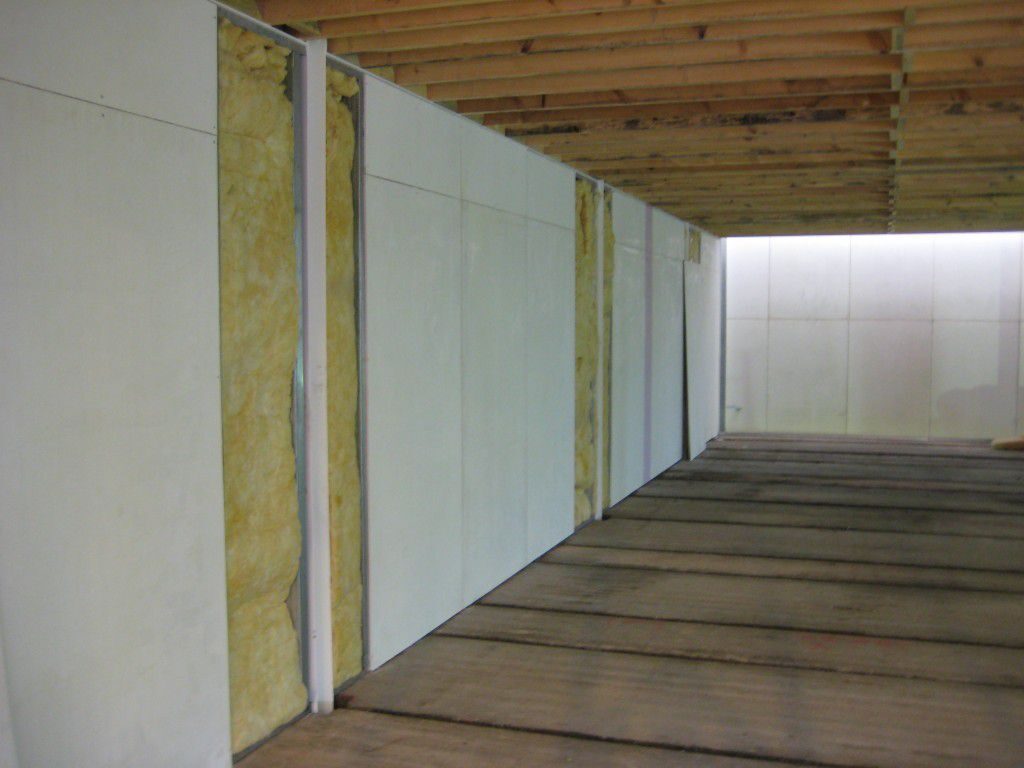
Please Explain What Is Magnesium Oxide Board And What Is It Used For?
Magnesium oxide, more commonly called MG O or magnesia, is a versatile mineral that when used as part of a cement mixture and cast into thin cement panels under proper curing procedures can be used in all types of building construction. Some magnesium oxide board variations are suitable for a huge range of general building uses and for applications that require fire resistance, mold and mildew control, as well as sound control applications and many other benefits. As an environmentally friendly building material, Magnesium oxide board has strength and resistance due to very strong bonds between magnesium and oxygen atoms that form the magnesium oxide molecules (chemical symbol MgO).
Magnesium oxide board is used in place of traditional gypsum drywall as wall and covering for ceiling material and sheathing. It is also used in a number of other construction applications such as fascia, soffit, partition walls, shaft-liner and area separation, wall sheathing, and as tile backing (backer board) or as substrates for coatings and insulated systems such as finish systems, EIFS, and some types of stucco.
Magnesia cement board for building construction is available in various sizes and thickness. Also Magnesium oxide board is not a paper faced material. It comes in a white color. Numerous versions and value of grades exist including smooth face, rough texture, utility, versatile grades as well as different densities and strengths for different applications and uses.
At the moment various Magnesium oxide board applications are widely used in Asia as a primary construction material. Some versions have been designated as the ‘official’ construction specified material of the Olympic Games in 2008 and some versions are used extensively on the inside and outside of all the walls, fireproofing beams, and as the sub-floor sheathing in one of the world’s tallest buildings.
The Magnesium Oxide board is manufactured in a number of areas around the world, primarily near areas where magnesia based ore deposits are mined. Major deposits are found in China, Europe, and it is however becoming very popular in the US.
Magnesia is widely used primarily as wallboard alternative to conventional gypsum-based drywall and ply-woods. The magnesia boards can be scored and snapped, sawed, drilled, and fastened to wood or steel framing.
It can be used for interior or exterior applications. Drywall provides a thermal resistance R-value (in US units) of 0.32 for 3⁄8-inch board, 0.45 for 1⁄2-inch, 0.56 for 5⁄8-inch, and 0.83 for 1-inch board. In addition to increased R-value, thicker drywall has a higher.
The Magnesium Oxide board is a good example of the advances made in construction materials to meet changes in building codes for safety, durability, mold and bacterial resistance, and humidity control.
- Interior wall and ceiling board
- Exterior wall and fencing board
- Exterior sheathing
- Trim materials
- Fascia’s
- Soffits
- Shaft-liner and area separation wall board
- Tile backing (backer board) and underlayment
- Substrates for coatings and insulated systems such as direct-applied finish systems, EIFS, SIPS, Portland type stucco and synthetic
Magnesium Oxide Board Ratings And Testing:
- Fire-resistant (UL 055 and ASTM-tested and A-rated)
- Waterproof (freeze/thaw-tested for 36 months)
- Mold/fungus/bug free (non-nutritious to mold, fungus, insects ASTM G-21)
- Impact-resistant (ASTM D-5628)
- NYC approved (MEA # 359-02-M)
- Silica/asbestos free
- STC-rated 53-54
- Can be used in the place of traditional drywall or cement boards. No special tools required.
- Hard non-absorbent surface – no paper.
- Can be used in applications like cement-based siding.
- Available in Different colors.
- Energy efficient – It is removed from ore at about 25% of the temperature (400-800 °F) required to form CaO, the starting material for the preparation of slaked lime or portlandite used in common mortar and plaster.
- The Magnesium Oxide board has been mentioned in articles about biologically friendly construction and risks of mold infection.
Looking for new drywall? The top-rated drywall contractor in Portland is just a phone call away.